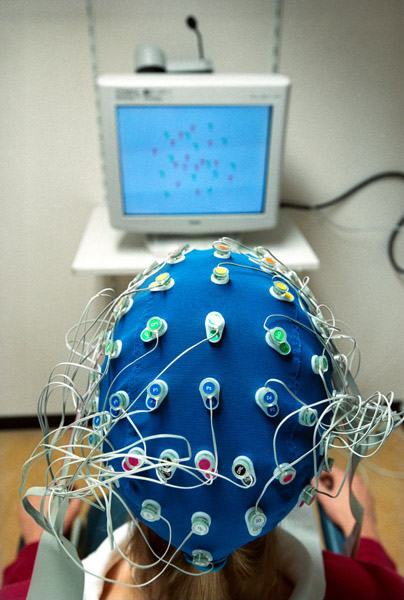
ScienceDaily (Mar. 1, 2011) — thanks in part to a Norwegian research biobank, researchers have generated important new insight into ADHD and how the condition manifests itself. among other things, they have found that there is some overlap between ADHD and bipolar disorders with regard to rapid mood swings.
Attention deficit hyperactivity disorder (ADHD) occurs on a worldwide basis and appears to affect two to five per cent of the population, depending on the method of measurement used and the population groups examined. although the condition has been recognised for over 100 years, insight into its causes, prevention and treatment remains limited.
In 2005, a long-term, interdisciplinary research project on the clinical and biological factors associated with ADHD ("ADHD in Norway: Basic and translational studies") was launched in Bergen with funding from the Research Council’s Programme for Mental Health (PSYKISK). An extensive international collaboration has been established to follow up the research results in the coming years.
A research biobank containing clinical informational and biological samples from Norwegian ADHD patients and their families, as well as from control subjects, was established as well. using this data as a basis, the researchers have sought to map the connection between ADHD symptoms and other mental disorders.
Mood swings
"one of our findings is that there is some overlap between AHDH and bipolar disorders with regard to rapid mood swings. it is now being discussed whether mood swings should be included in the official diagnosis criteria for ADHD," explains Jan Haavik, project manager and professor at Haukeland University Hospital and the University of Bergen.
The researchers have also shown that the Norwegian population has many genetic variants that regulate the synthesis of the pheromones dopamine and serotonin. some of these genetic variants are associated with ADHD symptoms.
Email or share this story:
Story Source:
the above story is reprinted (with editorial adaptations by ScienceDaily staff) from materials provided by The Research Council of Norway. the original article was written by Elin Fugelsnes/Else Lie. Translation: Connie Stultz/Carol B. Eckmann.
Note: if no author is given, the source is cited instead.
Disclaimer: this article is not intended to provide medical advice, diagnosis or treatment. Views expressed here do not necessarily reflect those of ScienceDaily or its staff.